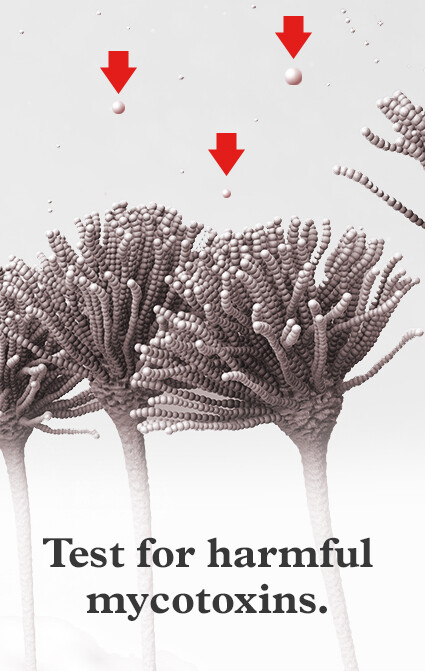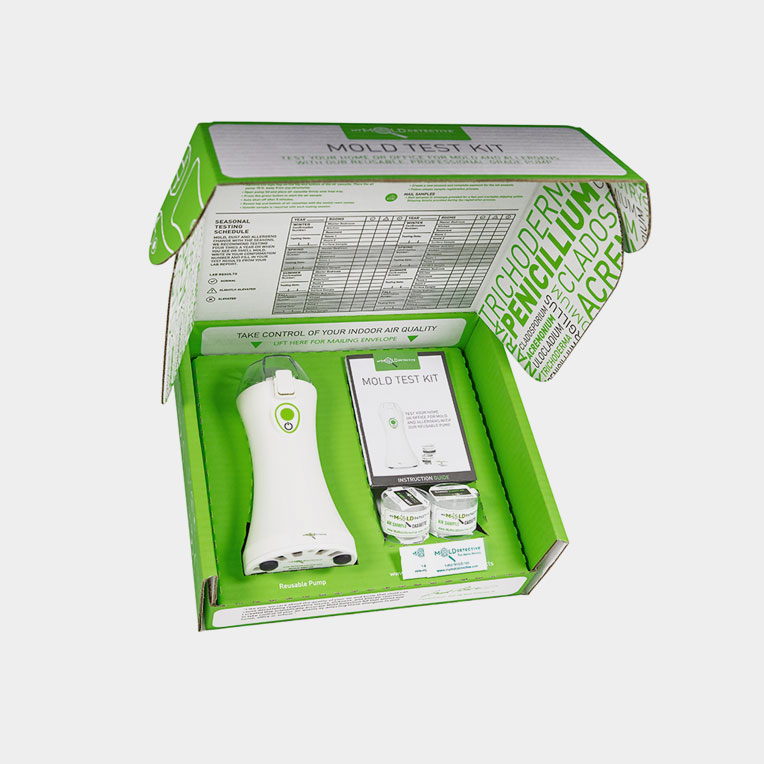Ensuring Conformity With Regulations: the Role of Mycotoxin Checking in Quality Assurance
Ensuring compliance with stringent laws is extremely important for preserving food security, and the function of mycotoxin screening in top quality control can not be overemphasized. Mycotoxins, harmful compounds created by specific molds, pose significant wellness risks, making their detection important in food production. Adherence to regulatory standards, such as those set by the FDA and EU, needs durable screening techniques and modern technologies to recognize and evaluate these contaminants. By implementing thorough screening procedures, business can avoid potential wellness crises, avoid costly recalls, and keep consumer depend on. The intricacies of these testing procedures raise crucial questions about their effectiveness and performance.
Understanding Mycotoxins
Recognizing mycotoxins is essential to ensuring the quality and security of farming items. Mycotoxins are toxic additional metabolites created by particular species of fungi, frequently discovered in foods items such as grains, flavors, and nuts. These compounds can emerge at various phases of the food production process, from pre-harvest to storage, and present substantial health and wellness threats to both humans and animals (Mycotoxin testing Services). One of the most well-known mycotoxins include aflatoxins, ochratoxins, trichothecenes, and fumonisins, each connected with certain fungal types and ecological problems.
The existence of mycotoxins in food can result in persistent and severe health and wellness problems, including liver damages, immune reductions, and carcinogenic effects. Their discovery and quantification are important elements of quality control in farming and food markets. The complexity of mycotoxin contamination demands a diverse approach, utilizing advanced logical techniques such as fluid chromatography, mass spectrometry, and enzyme-linked immunosorbent assays (ELISA) By comprehending the resources, types, and impacts of mycotoxins, stakeholders in the farming industry can better carry out preventative steps and minimize threats, ensuring much safer consumption for end-users. This understanding develops the bedrock whereupon effective mycotoxin monitoring techniques are developed.
Regulatory Requirements for Mycotoxins
Having developed a fundamental understanding of mycotoxins and their impact on food safety and security, it is essential to assess the governing standards governing their existence in farming items. Regulative criteria for mycotoxins are necessary due to the fact that they define permissible limits, guaranteeing food safety and shielding public health. Various global and national firms have actually established these limits based on extensive threat evaluations.
The Codex Alimentarius Commission, an international body established by the FAO and WHO, provides standards and maximum allowable degrees for different mycotoxins in food and feed. For example, the Codex has set limits for aflatoxins in peanuts, maize, and dried figs, to name a few products. These standards are commonly taken on or adjusted by private countries to fit their specific demands.
In the European Union, Guideline (EC) No 1881/2006 specifies maximum levels for a number of mycotoxins, such as aflatoxins, ochratoxin A, and deoxynivalenol, in various food. The United State Food and Drug Management (FDA) has developed activity degrees for mycotoxins like aflatoxins in products such as nuts and grains.
Adherence to these governing requirements is crucial for maintaining market access, consumer trust fund, and public wellness. Non-compliance can result in significant financial losses and health and wellness risks, highlighting the importance of rigorous mycotoxin testing protocols.
Checking Techniques and Technologies

ELISA is extensively valued for its cost-effective and rapid screening capacities, making it suitable for high-throughput environments. It counts on antibodies to detect certain mycotoxins, providing lead to a fairly short time frame. Its level of sensitivity may be limited compared to a lot more sophisticated strategies.
HPLC, on the various other hand, masters giving measurable analysis with high accuracy and precision. It divides complicated mixes right into individual elements, making it highly effective for additional hints determining and measuring numerous mycotoxins Continue simultaneously - Mycotoxin testing Services. This method, while extra resource-intensive and lengthy than ELISA, supplies a higher level of reliability

LC-MS stands for the peak of logical specificity and sensitivity. Combining the separation power of liquid chromatography with the discovery capacities of mass spectrometry, LC-MS can identify also trace degrees of mycotoxins. This technique is vital for validating the visibility of mycotoxins in regulative and forensic contexts, making sure compliance with stringent safety and security standards.
Executing Checking Methods

Incorporating these advanced screening approaches into a detailed quality assurance structure necessitates a well-structured strategy to applying testing methods. To achieve this, companies have to initially perform an extensive danger evaluation to recognize possible mycotoxin contamination factors within the supply chain. This analysis educates the development of a tailored testing method that addresses specific vulnerabilities.
Next, establishing standardized sampling treatments is crucial. Regular sampling ensures that test results are trusted and representative of the whole set (Mycotoxin testing Services). Following guidelines from regulatory bodies, such as the FDA or EFSA, aids keep conformity and enhances the integrity of the screening procedure
Training employees is an additional crucial part. Personnel should be proficient in both sample collection and the operation of testing tools. Normal training sessions and certification programs can ensure that group members stay updated with the most recent strategies and regulative changes.
Advantages of Mycotoxin Examining
Mycotoxin testing offers countless benefits that dramatically improve the security and top quality of food and feed products. Primarily, it acts as an essential control procedure to avoid contaminated products from reaching the customer market, consequently protecting public wellness. By identifying and evaluating mycotoxins such as ochratoxins, fumonisins, and aflatoxins, producers can make sure that their products meet rigorous regulatory requirements, hence avoiding potential legal effects and connected expenses.
In addition, mycotoxin screening contributes to the economic viability of food and feed sectors by reducing the threat of massive product recalls. The ability to isolate and detect contaminated batches early in the production procedure reduces waste and stops the financial losses connected with broken brand name reputation. In addition, it promotes consumer trust fund and loyalty, as customers are significantly familiar with food security concerns and need better standards.
The execution of regular mycotoxin testing additionally advertises best practices within farming and production fields. By sticking to rigorous screening methods, my response business can enhance their high quality control processes, improve functional performance, and guarantee the regular manufacturing of secure, premium items. Finally, the benefits of mycotoxin screening are multifaceted, adding to public wellness, financial stability, and industry honesty.
Conclusion
Mycotoxin screening is vital in guaranteeing conformity with regulatory standards, consequently maintaining food safety and top quality control. Thus, mycotoxin testing remains an essential element of contemporary food safety administration systems.
Making sure compliance with rigorous guidelines is paramount for maintaining food safety and security, and the function of mycotoxin testing in quality control can not be overemphasized.In the realm of mycotoxin screening, advanced technologies and approaches are critical in guaranteeing food security and governing conformity.Mycotoxin testing uses countless benefits that considerably enhance the safety and security and quality of food and feed products.Mycotoxin screening is vital in making certain compliance with regulatory standards, consequently maintaining food security and high quality control. Thus, mycotoxin testing remains a vital component of contemporary food safety administration systems.
 Amanda Bynes Then & Now!
Amanda Bynes Then & Now! Michelle Trachtenberg Then & Now!
Michelle Trachtenberg Then & Now! Batista Then & Now!
Batista Then & Now! Teri Hatcher Then & Now!
Teri Hatcher Then & Now! Sarah Michelle Gellar Then & Now!
Sarah Michelle Gellar Then & Now!